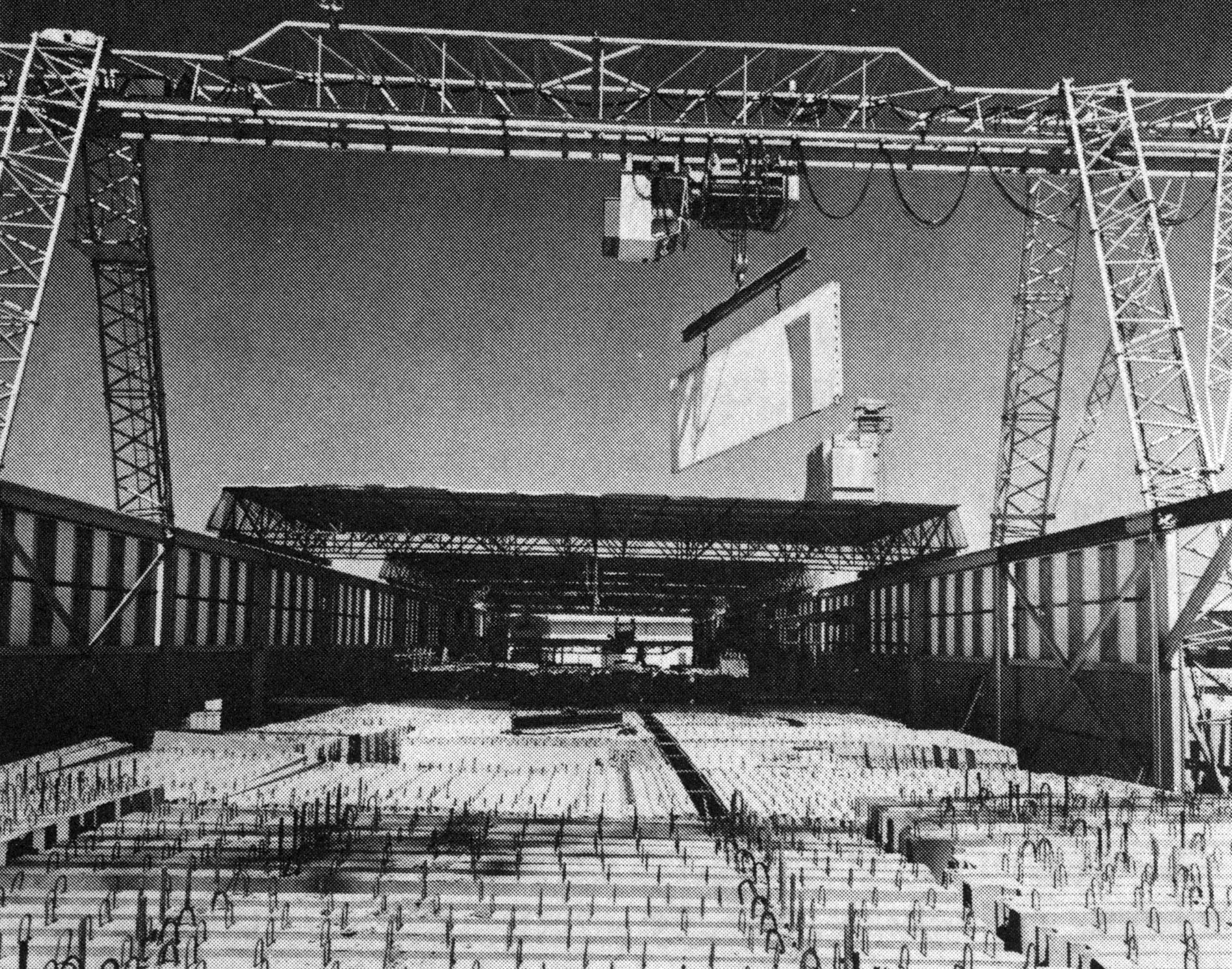Flying Panels: How Concrete Panels Changed the World
Book Chapter, 2019
This text was written for an exhibition catalog on concrete panel architecture, and discusses the ideological reasons behind the comparatively small number of such buildings in the United States. I argue that the consumerist braiding of personal identity with one’s choice in housing led to a representational problem for concrete panels that was exacerbated by anti-Soviet propaganda. Calls for greater efficiency in construction did lead to the adoption of concrete panels for housing aimed at particular constituencies—the itinerant, the elderly, and the poor. I discuss one governmental attempt to encourage their use in housing construction at length: the Department of Housing and Urban Development’s program “Operation Breakthrough,” which ran from 1969 to 1974. Under this program, HUD commissioned dozens of demonstration buildings to show the potentials of innovative construction techniques like concrete panels. In the end, I conclude, panels found their most widespread use in college dormitories and in housing for the elderly.
Photograph of Hyman/Rouse-Wates Panel Factory in Edmonston, Maryland, early 1970s.
Photograph of Hyman/Rouse-Wates Panel Factory in Edmonston, Maryland, early 1970s.
